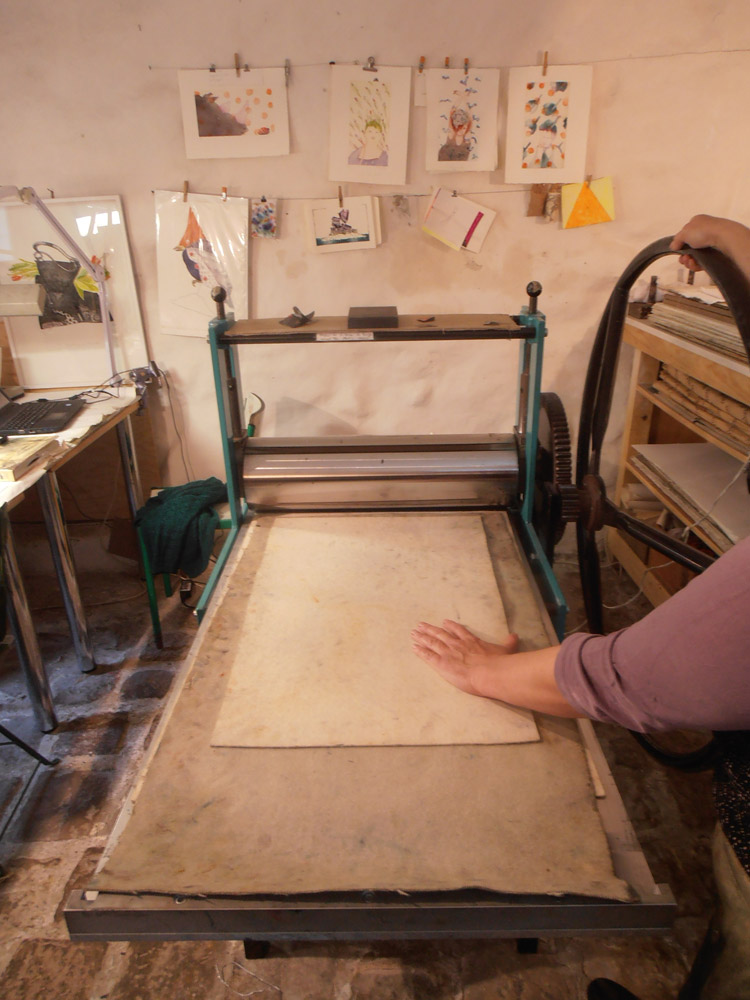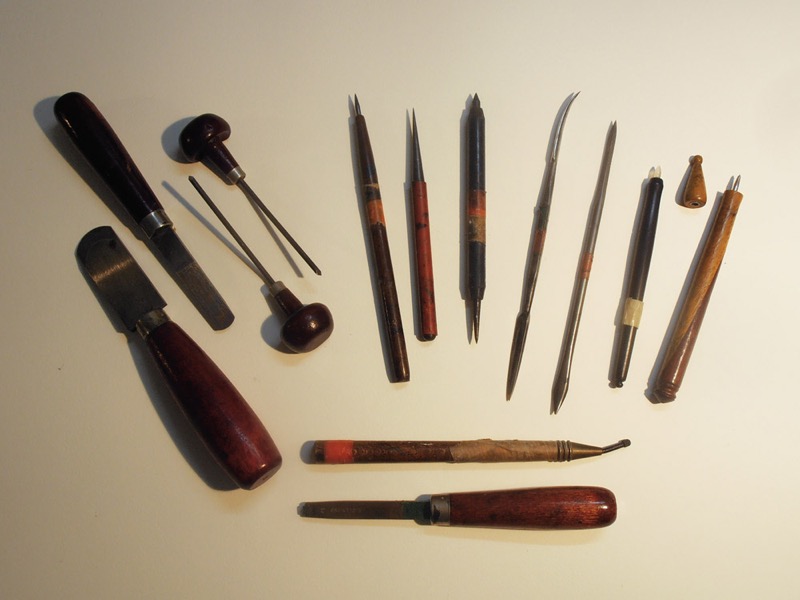Author : Charlotte Reine
The material will not be the same for etching as for line engraving. The following list will provide you with some basic references so that you can make your first purchases with an easy mind. Don't hesitate to choose good quality tools, even for first use!



